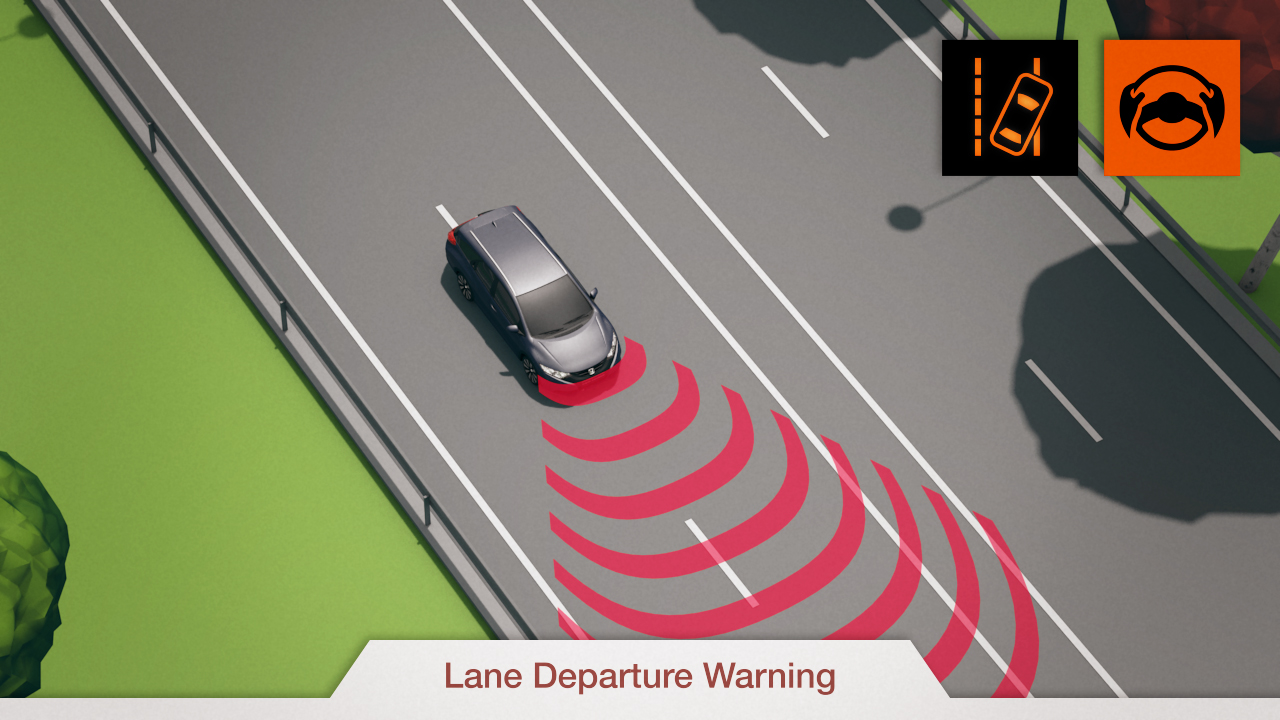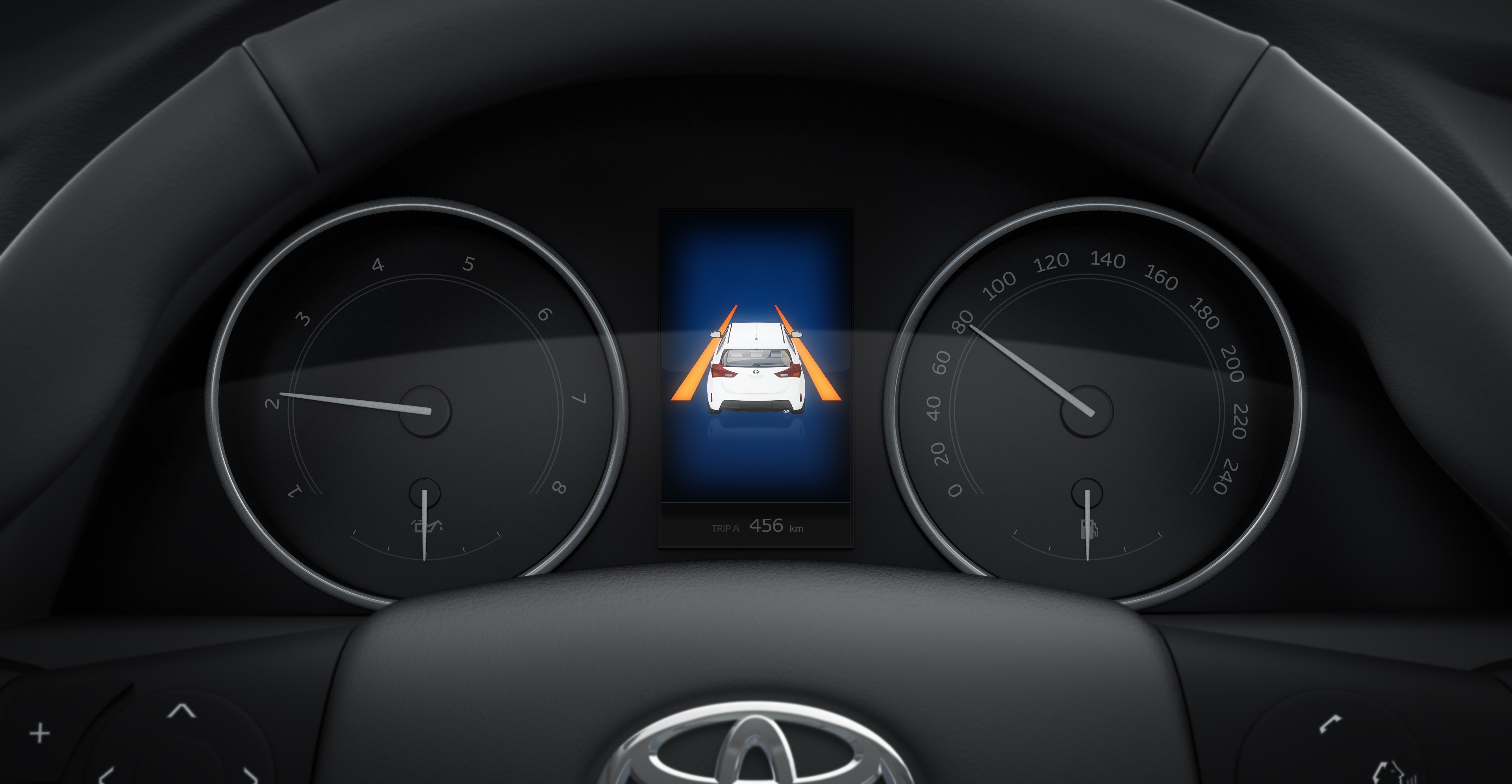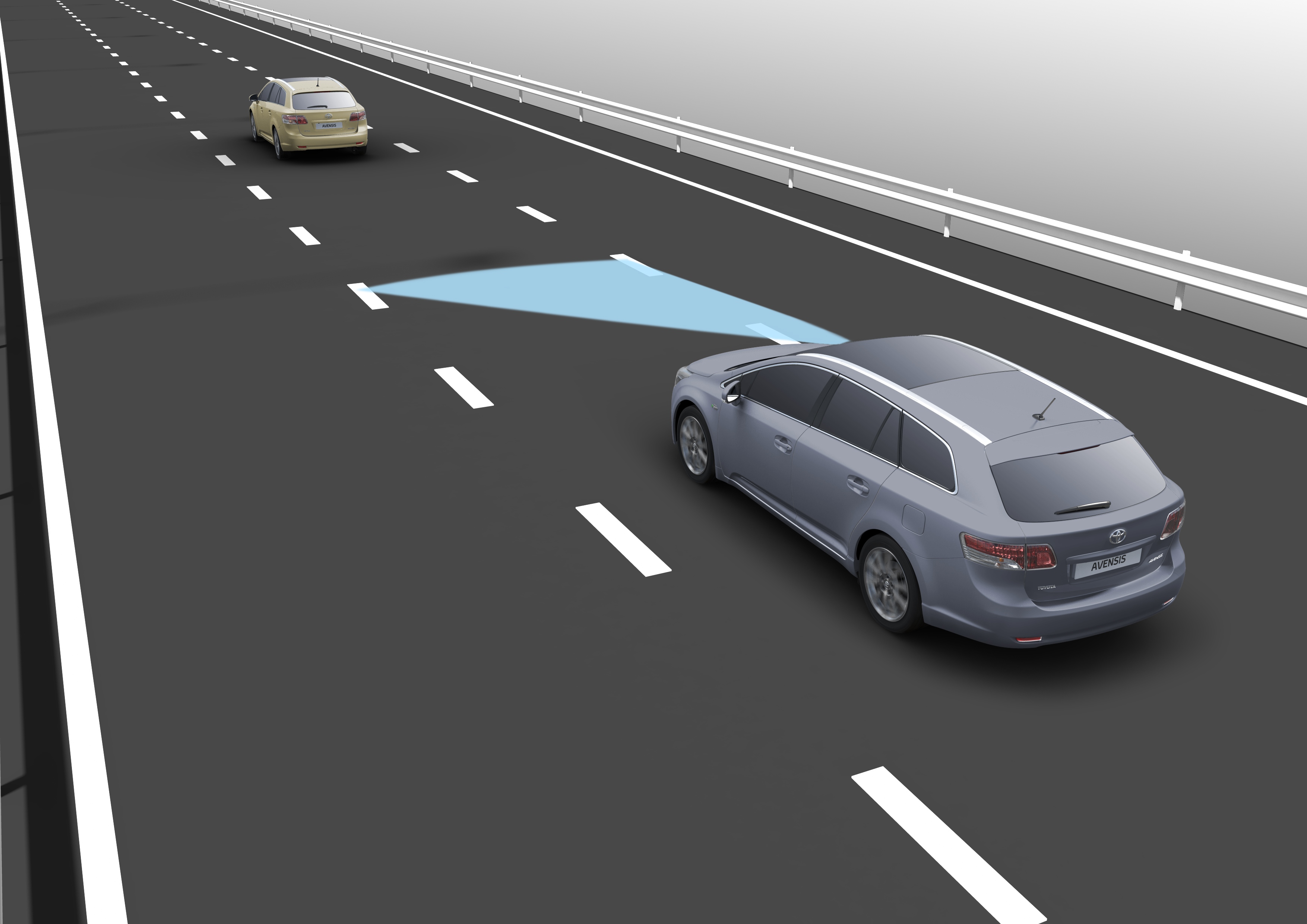If you’ve looked at the specifications of any new car in the last couple of years or so, you’re very likely to have seen lane-departure warning, lane-keep assist or even lane-follow assist on the list.
It’s no accident (no pun intended) – these systems have become virtually essential for modern cars, and even play a part in Euro NCAP crash tests. In fact, the European Commission aims to make it compulsory equipment by 2020.
But what exactly is lane-departure warning – and is it something you should be looking out for when you choose your next car? We unravel the mystery…
What is it?

This system comes in three flavours – lane-departure warning, lane-keep assist and lane-follow assist, and each is slightly more sophisticated than the last. The basic system, lane-departure warning, does exactly what its name suggests.
If you stray out of your lane on a marked road, lane-departure warning will give you a visual, audible or haptic notification – sometimes a combination of all three. This could involve a buzzer, dashboard icon, or even vibration of the seat or steering wheel.
Lane-keep assist is more involved. It features actuators in the steering assembly, which can actually twitch the wheel back into line – preventing you from drifting out of your lane altogether.
With safety features like Lane Departure Warning now standard, New Mazda CX-5 goes above and beyond across every grade #mazda #mazdaaus #zoomzoom #cx5 #acutabove
Find out more: https://t.co/Ew8wBzkKcF pic.twitter.com/Pei6HI9yAQ
— Mazda Australia (@MazdaAus) January 3, 2019
Finally, there’s lane-follow assist, which keeps your vehicle in the centre of its lane with no intervention – allowing the driver to take their hands off the wheel for brief spells if necessary. It’s considered a level 2 autonomous driving feature.
All three systems are disabled if the driver is indicating, so legitimate lane changes shouldn’t trigger any warning.
How does it work?

Lane-departure systems use a camera assembly, usually mounted high up in the windscreen, to track the white lines of the road, both solid and dashed. The camera’s positioning allows it to see the maximum possible distance ahead – usually at least as far as the driver can.
The system tracks the positioning of the lines, and should the car exceed given limits it assumes the driver has drifted out of their lane. It then activates warnings and, depending on the system fitted, can steer the car back into line.
The camera is often used for multiple applications, such as forward collision alert, autonomous emergency braking or even automatic wiper speed control.
Lane departure warning will only usually activate when the car is travelling over a certain speed, limiting it to relatively straight A-roads and motorways. That’s a good thing – after all, you don’t want your car buzzing at you for every movement across white lines on a roundabout or in a supermarket car park, for example.
Can it be fooled?
It certainly can. Lane departure systems rely on footage from a camera, and we know how easily they can be compromised.
Dirt or excess water over the lens will disable the system, as it simply can’t see the road markings ahead.
Pilot Assist in new #Volvo S90 is tremendous… Once you've got over fear of it not working pic.twitter.com/FkLrNj8uLW
— BATCH (@JRRBatchelor) July 11, 2016
Equally, poorly maintained roads with faint, broken or incomplete white lines may confuse the computer. It’s just a good thing the roads of Great Britain are so fastidiously maintai… oh. Right.
Then there are situations where the white lines don’t necessarily correspond to where you should be going. One example of this is in roadworks or contraflows, where the lanes are marked out with studs and the white lines haven’t been covered over. You may need to force your way past the lane-departure system in instances like this, or merely switch the system off.
Do I need it?

Safety equipment is one box we’d always recommend ticking on a car’s options list, so if lane-departure warning, lane-keep assist or lane-follow assist (or any manufacturer rebranding of these systems) are available on your new car, we’d recommend opting for them.
However, do bear in mind that these are driver assistance systems – not driver replacement systems. All of them require the slab of meat behind the wheel to be in control at all times. Even systems that offer a degree of autonomy need the driver to monitor proceedings. Therefore, if you’re opting for these systems to make your life easier, you may be a little disappointed.

